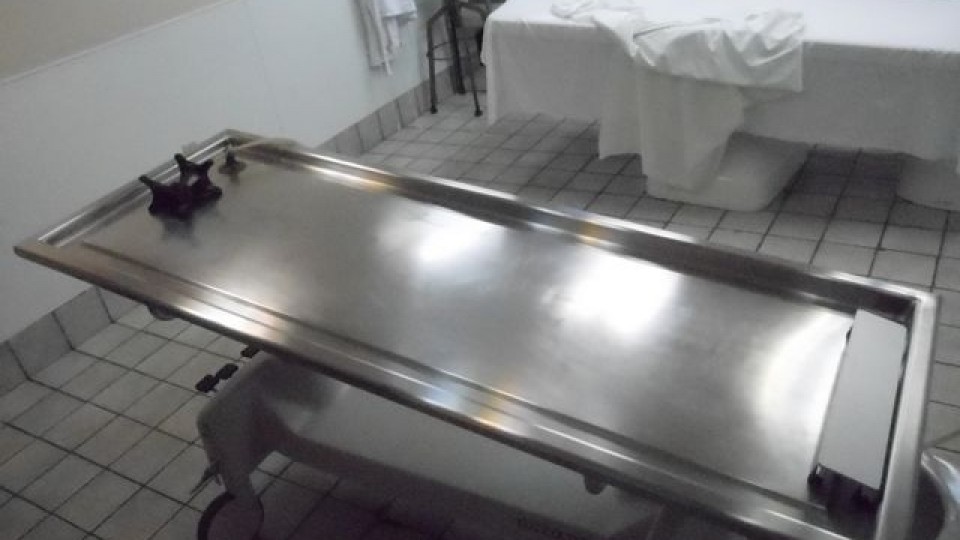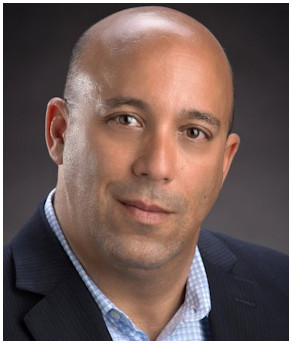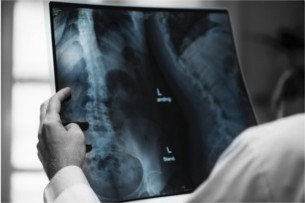Autopsies May Be Used to Pinpoint Medical Malpractice

Medical errors are one of the leading causes of death in the United States—in fact, it comes in at number 3, outranked only by heart disease and cancer. When a loved one dies, how can the remaining family members determine if a medical professional’s negligence caused that individual’s death? Studying medical records and consulting with experts is helpful, of course, but the best source of information often is in an autopsy.
Interestingly, just 5 percent of patients who die in the hospital undergo an autopsy. Forty years ago, half of all patients who died in hospitals received autopsies. Why the change? In the past, it was standard procedure to perform an autopsy to learn exactly what killed a patient. However, many hospitals have stopped ordering them because they are afraid the autopsy report could lead to a medical malpractice lawsuit.
Autopsy reports often contain crucial information, including a summary of the care that preceded the death, a detailed examination of the body, photographs, and a description of tissue samples examined under a microscope. Autopsy reports often contain the key to unlocking any mysteries surrounding the cause of a patient’s death.
Failing to request an autopsy can make pursuit of a medical malpractice claim very difficult. It is the plaintiff’s burden to prove the cause of a patient’s death, and the lack of an autopsy can deprive the plaintiff of the evidence necessary to prove the cause of death. If an autopsy isn’t ordered promptly after death, it may become very difficult or even impossible to get an autopsy done. Therefore, if you believe that your loved one may have died due to negligence, it is usually best to request that an autopsy be performed right away.
If possible, it is best to have the local county coroner or medical examiner perform the autopsy. This is because the coroner or medical examiner can be expected to be more objective about the evidence than the pathology department of the hospital where the alleged negligence took place. Unfortunately, however, the circumstances under which the county coroner or medical examiner will undertake an autopsy are limited. In general, it is better to have an autopsy – even if it is done at the hospital where the alleged negligence occurred – than no autopsy at all.
Many family members are uneasy about the thought of an autopsy. That is certainly understandable. However, an autopsy may reveal important details to the family that they otherwise never would have known. If malpractice was not the cause of death, simply knowing this fact may bring peace to the family as they mourn the loss of their loved one. Still, we understand that the decision of whether to have an autopsy can be very difficult and involves several considerations separate and apart from the effect of that decision on a potential medical negligence and wrongful death lawsuit. Whether or not there is an autopsy, we will work to attempt to get to the bottom of a patient’s death.
If you believe that medical malpractice may have been to blame for your loved one’s death, contact leading Ohio medical malpractice attorneys at The Eisen Law Firm today. Our attorneys are experienced in a range of medical malpractice cases, including those resulting in the tragic deaths of loved ones. We offer a free consultation so you may gain an understanding of your legal rights. To schedule your free consultation, call 216-687-0900 or contact us online.




